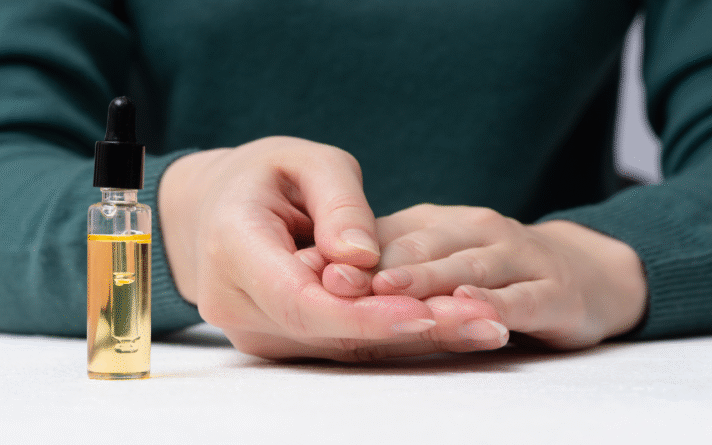
Gondolkodtál már azon, milyen fontos szerepet játszanak a lábaid a mindennapi életedben? Naponta több ezer lépést teszünk meg, és gyakran elfelejtjük, hogy megfelelő gondoskodást igényelnek. Debrecenben most elérhető egy új, hatékony módszer a lábproblémák kezelésére: a gyógypedikűr Spirularin termékekkel. Ezek a természetes összetevőket tartalmazó készítmények nemcsak a megelőzésben, hanem a már meglévő problémák orvoslásában is segítenek.
Spirularin termékek bemutatása
A Spirularin termékek fő összetevője a mikroalga, amely természetes módon támogatja a bőr regenerációját és védi a fertőzésektől. Képzeld el, hogy az aloe vera és a teafaolaj nyugtató, antibakteriális hatását kombinálva használod – ezeket mind megtalálod a Spirularin termékekben. Az összetevők nemcsak hidratálják, hanem meg is védik a bőrödet, ami különösen fontos a lábak esetében.
Miért válasszuk a gyógypedikűrt?
A gyógypedikűr nem pusztán a szépségről szól. Az egészséges lábak fenntartása elengedhetetlen ahhoz, hogy elkerüljük a kellemetlen bőrkeményedéseket, a benőtt körmöket vagy a gombás fertőzéseket. Mennyivel jobb érzés, amikor nem kell aggódnod ilyen kellemetlenségek miatt. A Spirularin termékek különösen ajánlottak ezeknek a kezeléseknek a kiegészítésére, mivel természetes összetevőik révén gyorsítják a gyógyulást és megelőzik a problémák újbóli kialakulását.
Gyógypedikűr szolgáltatások Debrecenben
Debrecenben számos szalon kínál professzionális gyógypedikűr szolgáltatásokat, és sokan már felfedezték a Spirularin készítmények előnyeit is. Ezek a szalonok nemcsak a legmodernebb technikákat alkalmazzák, hanem tapasztalt szakemberek alkalmaznak, akik valóban törődnek a vendégek lábainak egészségével. Így, amikor eljössz egy ilyen kezelésre, biztos lehetsz benne, hogy a legjobb kezekben vagy.
“Teljesen felfrissült a lábam, ettől a csodaszertől!”
Egyik kedves ismerősöm anyukája, Márta néni, hosszú évek óta küzdött bőrkeményedésekkel és benőtt körmökkel. Miután kipróbálta a Spirularin termékekkel megtámogatott gyógypedikűrt, azt mondta: „Teljesen felfrissült a lábam, ettől a csodaszertől! Soha nem éreztem ilyen könnyűnek.” Számos más barátom is beszámolt hasonlóról, miután ellátogattak a debreceni szalonok egyikébe, ahol ezzel a készítménnyel egészítették ki a kezeléseket.
Tapasztald meg te is!
Ha egészséges és szép lábakat szeretnél, a Spirularin termékek és a gyógypedikűr Debrecen környékén kiváló választás lehet. A természetes összetevők és a szakszerű kezelések biztosítják, hogy lábaid mindig a legjobb formában legyenek. Ne habozz, próbáld ki Te is a Spirularin készítményeket és a gyógypedikűrt Debrecenben, és tapasztald meg a különbséget!

